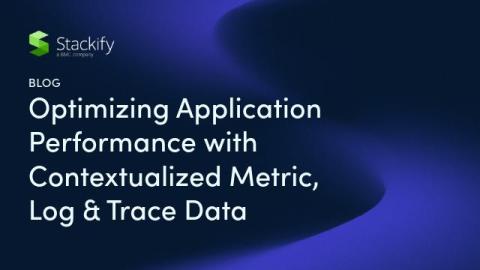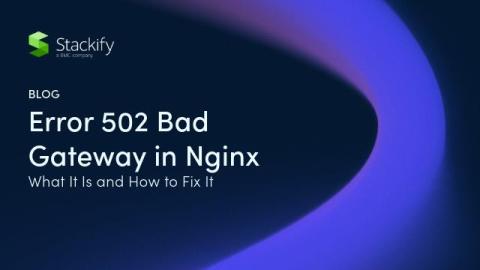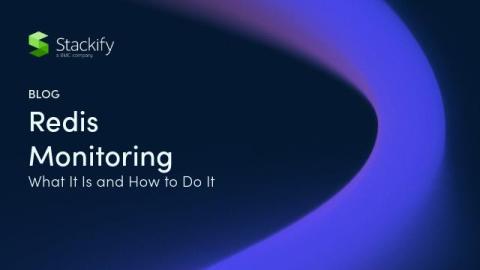MTTR, MTBF, MTTA, MTTF, and Other DevOps Metrics
How is DevOps going within your organization? If you need help measuring its success, we have prepared a list of key DevOps metrics such as MTTR MTBF, MTTA, and MTTF to track. These metrics can help you understand how your team is doing over time.











